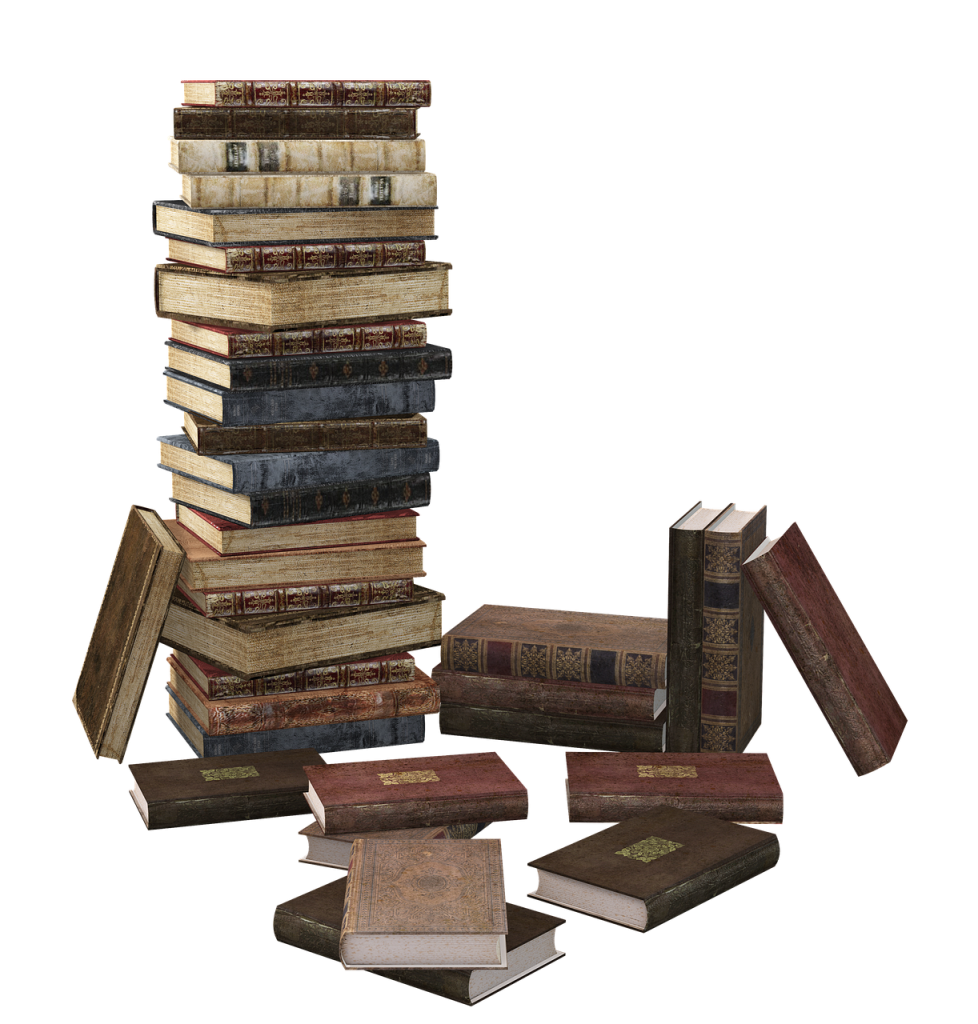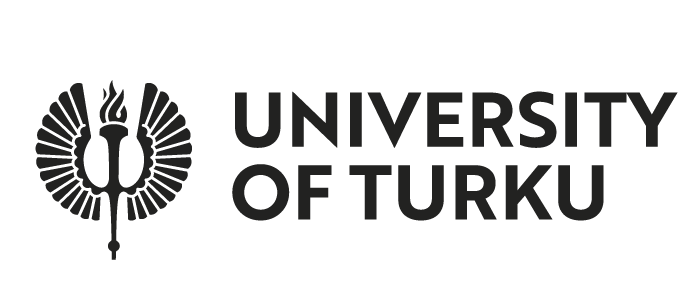All meetings start at 10.30 in the Theoretical Physics coffee room on an indicated Tuesday. Past meetings of 2024 can be found below; more to come!
- 18.4. Markku
- 11.4. Federico
- 13.2. Timo
- 30.1. Jesse

10.5. coffee break talk. In this unofficial addition to our list of meetings, Göktuğ Karpat from Izmir University, Turkey, gave a talk based on his recent preprint.
Memory in quantum processes with indefinite time direction and causal order
Göktuğ Karpat and Barış Çakmak.
We examine the emergence of dynamical memory effects in quantum processes having indefinite time direction and causal order. In particular, we focus on the class of phase-covariant qubit channels, which encompasses some of the most significant paradigmatic open quantum system models. In order to assess the memory in the time evolution of the system, we utilize the trace distance and the entanglement based measures of non-Markovianity in relation to the property of CP-indivisibility. While the indefinite time direction is obtained through the quantum time flip operation that realizes a coherent superposition of forward and backward processes, the indefinite causal order is achieved via the quantum switch map, which implements two quantum processes in a coherent superposition of their two possible orders. Considering various different families of phase-covariant qubit channels, we demonstrate that, when implemented on memoryless quantum processes, both the quantum time flip and the quantum switch operations can generate memory effects in the dynamics according to the trace distance based measure under certain conditions. On the other hand, with respect to the entanglement based measure, we show that neither the quantum time flip nor the quantum switch could induce dynamical memory for any of the considered phase-covariant channels.
18.4. meeting. Markku gave a presentation about his recent pre-print authored also by Johannes and Jyrki as well as colleagues and friends form Algorithmiq.
Transfer and routing of Gaussian states through quantum complex networks with and without community structure
Markku Hahto, Johannes Nokkala, Guillermo García-Pérez, Sabrina Maniscalco and Jyrki Piilo.
In many quantum information processing tasks a need arises to transmit a quantum state from one place to another, e.g. between quantum processing units in a quantum computer. This can be achieved by either transporting the carriers of quantum information, or by engineering suitable interactions between the systems such that the state of one subsystem is transferred to another through the system dynamics. We focus on the latter case, known as quantum state transfer, and its generalization in which multiple transfers may happen independently of each other over the same system, which is called routing of quantum states. We consider a complex network of quantum harmonic oscillators over which Gaussian states are transferred. We study how the network structure affects the transfer fidelity, and investigate the requirements routing sets on the network.
11.4. meeting. Federico gave a presentation about his recent pre-print featuring also Kimmo and Jyrki as well as other colleagues and friends.
Generalized Rate Operator Quantum Jumps unravelings via realization-dependent transformations
Federico Settimo, Kimmo Luoma, Dariusz Chruściński, Bassano Vacchini, Andrea Smirne and Jyrki Piilo.
Open quantum system dynamics are notoriously hard to simulate efficiently, and are often approximated by stochastic unravelings: the density matrix is reproduced by averaging over a random process on the space of pure states. In our work, we generalize the recently introduced Rate Operator (RO) unraveling technique by allowing the random process to depend on the current state of the stochastic realization. We show that, unlike previous methods, the generalized RO allows us to efficiently unravel some dynamics in which memory effects are present.
13.2. meeting. Timo presented the following work.
Effect of molecular Stokes shift on polariton dynamics
Eero Hulkko, Siim Pikker, Ville Tiainen, Ruth H Tichauer, Gerrit Groenhof and Jussi J Toppari.
The authors investigated experimentally how the relaxation process of organic microcavity polaritons is affected by the molecular Stokes shift. They found that for molecules with a large Stokes shift, the main relaxation pathway is radiative pumping, and with a small Stokes shift, it is vibrationally assisted scattering. They also performed numerical simulations to study the radiative pumping mechanism.
30.1. meeting. Jesse Presented the following works.
Entanglement and confinement in lattice gauge theory tensor networks
Johannes Knaute, Matan Feuerstein and Erez Zohar.
Quantum field theory generally doesn’t focus much on entanglement. The paper investigates whether Renyi entanglement entropy is related to quark confinement. It finds that there is correlation, but entanglement alone doesn’t explain the phenomenon.
Hadronic vacuum polarization: comparing lattice QCD and data-driven results in systematically improvable ways
Davier, Michel, et al.
Hadronic vacuum polarization: The paper investigates the differences between different methods for calculating the muon g-2 anomalous magnetic moment. Semi-empirical and lattice methods give different results. It offers methods to determine whether the semi-empirical method has inputs that might either reveal the problem in lattice calculations or that might be wrong due to experimental error.
13.12.23 meeting. Daria presented the following works.
Impact of perceived recognition by physics instructors on women’s self-efficacy and interest
Li, Yangqiuting and Singh, Chandralekha.
Self-efficacy and conceptual knowledge in quantum mechanics
during teaching reforms and the COVID-19 pandemic
Palmgren, Elina and Tuominen, Kimmo and Kontro, Inkeri.
15.11.23 meeting. Markku presented the following works.
Coherent excitation transport through ring-shaped networks
Perciavalle, F., Morsch, O., Rossini, D., & Amico, L.
The authors studied how impurities in a ring-shaped network of interacting spins affect the transport of excitations, focusing on models with relevance to quantum technologies. The results show how the the transport rate can be controlled by the impurities.
Simulating Photosynthetic Energy Transport on a Photonic Network
Tang, H., et al.
In this article the authors simulate a quantum biological complex on a photonic platform. By introducing controlled noise to the simulation they approximate the actual noise experienced by the complex, and verify that suitable levels of environmental noise improve the transport rate.
1.11.23 meeting. Federico presented the following works.
Characterizing the spontaneous collapse of a wavefunction through entropy production
Artini, S., & Paternostro, M.
The authors investigate the continuous spontaneous localization model (CSL) and its dissipative version (dCSL) in terms of the entropy production rate for the dynamics. For the CLS, they show that the entropy production rate takes negative values, thus violating the generalized second law of thermodynamics, in accordance with the fact that energy diverges for such model. For the dCSL, instead, the second law is always satisfied, in accordance with the fact that the system thermalizes and energy does not diverge.
Local disclosure of quantum memory in non-Markovian dynamics
Bäcker, C., Beyer, K., & Strunz, W. T.
The authors introduce a definition of classical and quantum memory for a quantum dynamics, with classical memory corresponding to the existence of an unraveling for such dynamics. They also provide a necessary condition for the quantumness of memory in terms of the entanglement of assistance of the Choi state of the dynamical map.
Quantum trajectories for time-local non-Lindblad master equations
Becker, T., Netzer, C., & Eckardt, A.
The authors introduce a generalization of the Monte-Carlo wavefunction method for unraveling open system dynamics having arbitrary rates. This is done by extending the system space by a single classical bit, which flips sign whenever a jump with a negative rate occurs. Although working for any dynamics, such method presents an algorithmic relaxation time, after which fluctuations become predominant.
18.10.23 meeting. In the first meeting of the Turku Quantum journal club, Kimmo presented several interesting works. Download the slides here.
Making Every Photon Count: A Quantum Polyspectra Approach to the Dynamics of Blinking Quantum Emitters at Low Photon Rates Without Binning
M. Sifft, A. Kurzmann, J. Kerski, R. Schott, A. Ludwig, A. D. Wieck, A. Lorke, M. Geller, D. Hägele
https://arxiv.org/abs/2310.10464
In this article the authors present interesting new approach to analyze blinking statistics with low photon rate.
Electrical and thermal control of Fabry-Pérot cavities mediated by Casimir forces
Lixin Ge, Bingzhong Li, Hao Luo, Ke Gong
The authors show how Casimir forces can be used to dynamically tune microcavities.
https://arxiv.org/abs/2310.08108
Angular Momentum Flows without anything carrying it
Yakir Aharonov, Daniel Collins, Sandu PopescuThis article deals with a flow of conserved quantities and the dynamic Chesire cat effect.
